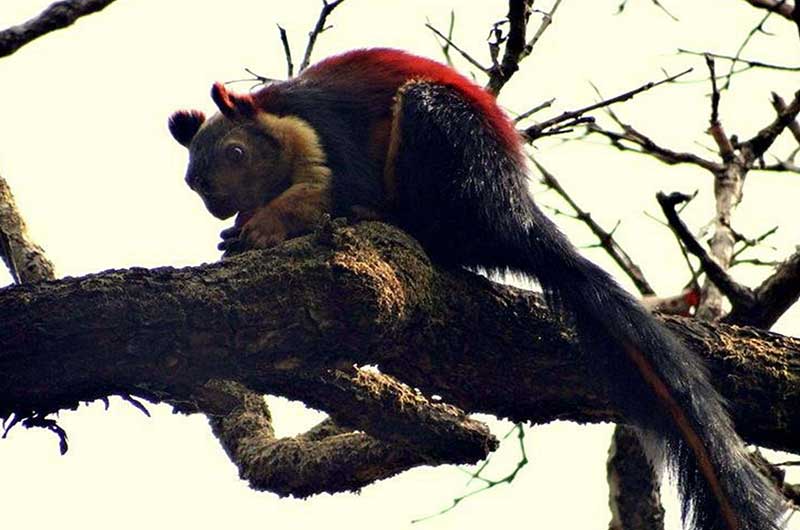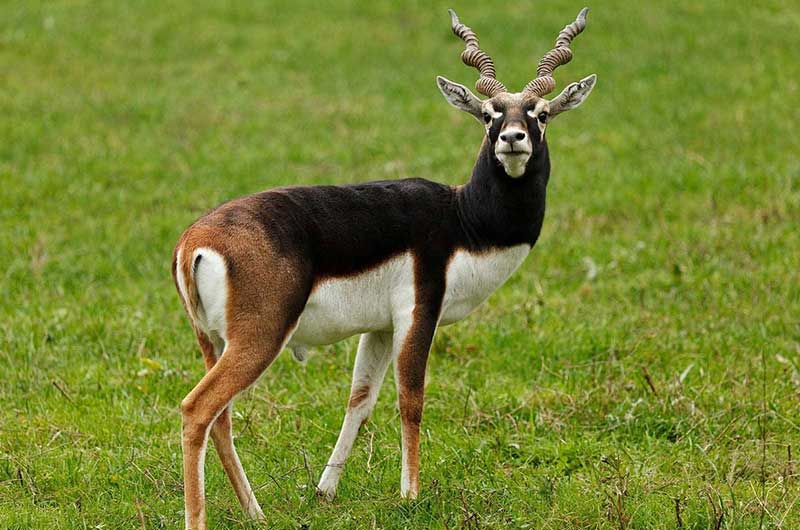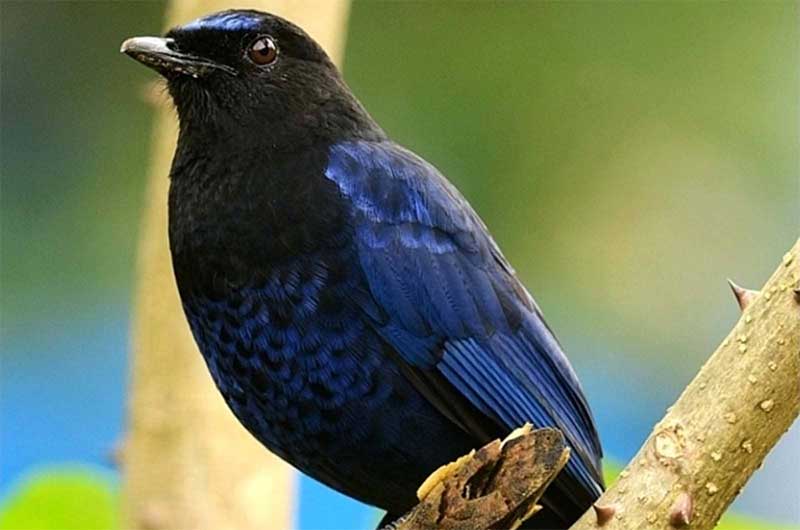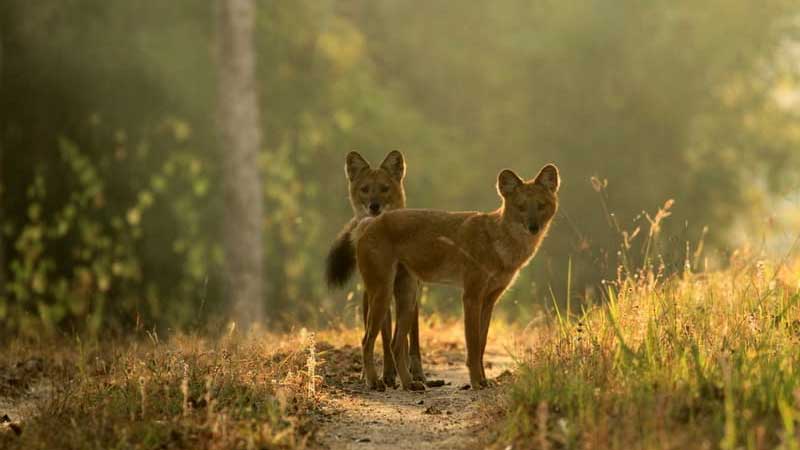

Wilderness Encounters in Satpura National Park
The most exciting Wildlife Destination in Central India
The Satpura Tiger Reserve forms a small part of Pachmarhi Biosphere Reserve; it is home to many endangered species of flora and fauna both. Many conservation drives of endangered or vulnerable species have seen relocation of animals from various parts of India into Satpura’s wilderness (Barasingha, tigers, water buffaloes, etc). Ensuring that these species get a chance at survival, the government has put in endless efforts. As visitors come to Satpura to witness the glory of these wild creatures, it is important to understand also the fragility of their situation; therefore, as responsible adults and children of the planet, we must refrain from tampering with or disturbing their habitats. Patience, silence and restraint is the best way to ensure sightings!

Don’t miss the charm of spotting a lazing wildcat! Satpura Tiger Reserve is one of the few places that give you a good chance of spotting this elusive predator in its natural habitat. This conservation area has about 50 individuals (and the number is rising) in tiger population. Since Satpura National Park is drained by many rivers and rivulets, there is high probability of tiger sighting.

As the name goes, these giant squirrels are native to the Satpuran forests – you won’t find them anywhere else. This is probably the reason why the emblem of Satpura TIGER Reserve is the Indian Giant Squirrel! You can identify them by their characteristic three-coloured coat – tufted, rust-coloured ears, maroon-black fur on the back and tail, and beige coloured underbelly. They typically grow up to 450mm long, with tails even longer – 490mm! Spot them resting flat against the giant boles of trees, or feeding on seeds, fruits, leaves or tree sap in Satpura National Park.

As the name goes, these giant squirrels are native to the Satpuran forests – you won’t find them anywhere else. This is probably the reason why the emblem of Satpura TIGER Reserve is the Indian Giant Squirrel! You can identify them by their characteristic three-coloured coat – tufted, rust-coloured ears, maroon-black fur on the back and tail, and beige coloured underbelly. They typically grow up to 450mm long, with tails even longer – 490mm! Spot them resting flat against the giant boles of trees, or feeding on seeds, fruits, leaves or tree sap in Satpura National Park.

This stately species of deer, exalted as they are, nearly went extinct in the mid-late 20th century. Fortunately, the Indian government took drastic measures towards their preservation; today, Satpura Tiger Reserve is one of the few habitats on the entire globe where you get an opportunity to bask in the glory of the fabled (Rudyard Kipling’s The Second Jungle Book) ‘Barasingha’. Keep an eye out for antlers that are huge and count 12 tines! (Swamp Deer’s antlers may have anywhere between 10 to 14 tines).

The brother-in-the-plains of the Blue Whistling Thrush (of the Himalayas), the Malabar Whistling Thrush loves waterfalls, rocks and lush greenery – therefore it lives in Satpura Tiger Reserve which has it all. It is easily identified by turquoise highlights on its shoulders and crown, glossy, deep-blue plumage and black beak and feet. Its calls strikingly resemble human whistles – don’t be misled! Wake up at dawn to catch its longest melodies of the day; the Malabar Whistling Thrush only sings to the rising sun. The rest of the day you can hear it calling in short whistles.

Satpura National Park is a particularly good place to spot the agile Dholes, the Indian Wild Dogs – a once endangered, Red List (IUCN) species. These animals are found in clans rather than packs, typically consisting of 12 individuals, sometimes even more. They are rust-coloured, fuzzy dogs with bushy tails, and are extremely social. Dholes are formidable predators and are counted among the apex hunters of the forest. Satpura National Park is one of the few places in Central India where these species are conserved and can be spotted conveniently.
Satpura National Park is rich in biodiversity. It is home to many elusive species of animals, which, with some luck, you may be able to spot. Tigers are of them; highly shifty, shy and spotted with great planning and patience. Satpura forests give you a fairly good chance to spot this wildcat.
Also not to miss is the famous Blue Bull, the Nilgai – a misnomer for an animal of the antelope family. Satpura is chock-full of Nilgais; you can find these tall, bluish-grey, horned animals casually strolling the grasslands. You can identify them by their sloping backs and a tuft of fuzz about the neck.
Satpura National Park is also known for its Indian Muntjac population. Commonly referred to as the Barking Deer, this animal gets its name because of the “barking” sounds it makes when threatened. It is the smallest one of its species, characterized by soft, brown-grey fur.
You can also frequently spot Indian Bison in Satpura Tiger Reserve. This species is listed as Vulnerable in the IUCN Red List (1986). Called “Gaur” in Hindi, the Indian Bison prefers evergreen or moist-deciduous forests; Satpura National Park happens to be a suitable habitat for conservation of this species. Make sure to go spotting a Gaur!
Other wildlife in Satpura forests includes popular species like jackals, hyenas, Indian Flying Fox, sloth bears, Sambars, flying squirrels, leopards, Asiatic Wildcat and many more.